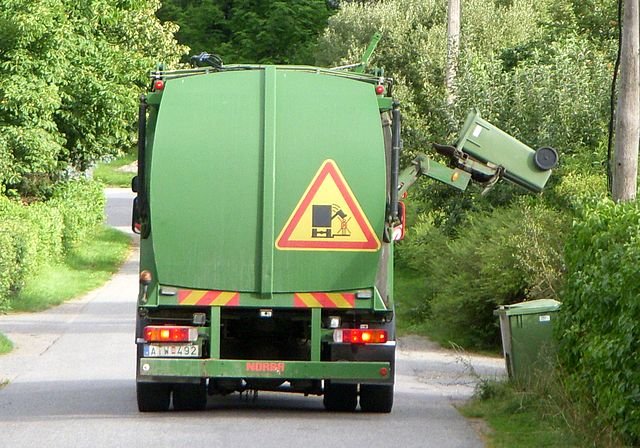Going green isn’t just meant for Earth Day. Going green is a way of life. However, Earth Day is a day we pause and commemorate, acknowledge and support environmental programs and Earth-saving strategies. It is also a great day to commit or recommit to employ earth-friendly practices in your life, at home and in the office. There are countless things you can do to “go green.” Most of these things are ease to incorporate into your life. Recycling is one of the easiest ways to go green. Recycling is the process of obtaining or retaining waste and converting it into usable, new materials. Some things that can be used to recycle are:
- Aluminum
- Steel
- Paper
- Plastic
Recycling is actually a great way to conserve raw resources and save energy. Recycling at least one ton of paper can save 7,000 gallons of water and 17 trees, according to the Environmental Protection Agency. Hiring a skip would help recycle that amount of paper and you can click here for ideas for ideas on the size of the skip you could employ.
As you see, recycling is an effective and simple way to help the environment. It is something the entire family can do too. Before recycling, call your local waste management services. Determine how to you need to sort and pack items for recycling. In addition, you want to know what day or days the waste management services collects recycling. Check with them to find out where you safely dispose of light bulbs, hazardous materials and batteries. These cannot be recycled or put in the trash.
Your local waste management recycling service has different rules about how items must be sorted, cleaned and packaged. Metal, cardboard, plastics, aluminum, glass and paper can be recycled.
It can be tricky to recycle plastics because some can break down easier than other plastics. The number located on the plastic item will determine if it can be recycled. It will also determine if the plastic can be picked up for recycling.
Source: Fix.com
Although plastics are trickier to sort and recycle, it’s important to dispose of them properly. One important factor to establishing a recycling a program at work, school or home is to create a system that works for everyone. Here are a few ways to recycle at home:
Source: DIY Swank
Recycling is about convenience, convenience, and more convenience! When incorporating a successful program about which you can read in the essay about recycling, make bins easily accessible. They should be in an area that is easily visible and used like the utility room or kitchen where they can be seen and used
Source: Better Homes and Gardens
Now, if you need a simple recycling system everyone can follow (even kids), use caster and baskets. These are easy to access and use. They slide out of site when not in use.
Source: Family Handyman
Use space by going vertical. You can hook bins on walls to utilize space. It will be easy to sort and store.
Source: Sweet Haute
Another way to make a successful recycling program is to make it fun. Use stylish bins and trash cans to recycle items.
Source: Sweet Haute
Another way to make a successful recycling program is to make it fun. Use stylish bins and trash cans to recycle items.
You may not have time to personally decorate trash cans by spray painting them. How about using printable labels. These labels can go generic bins to help separate recyclables.
Source: Lil Blue Boo
Batteries are not to be recycled. They cannot be put into a trash can for non-recycling either. Instead, they should be properly thrown away at a collection center or a participating auto part store. The same thing should be done with light bulbs.
Make a special area of your home or office to use as a personal sorting center. This is where you can sort and clean recyclables. You may want to look at some personal recycling centers to get an understand of what you need.
Source: I Should Be Mopping the Floor
Many people do not have an area they can keep bulky recycling or trash in the home or office. If this is the case for you, create a dedicated spot in the garage or other area. It won’t take long before your family or co-workers are pitching in to recycle.
Recycling is full of great ideas to help the environment. Find the ones you like. Used them in your successful recycling program.
Useful Resources





































